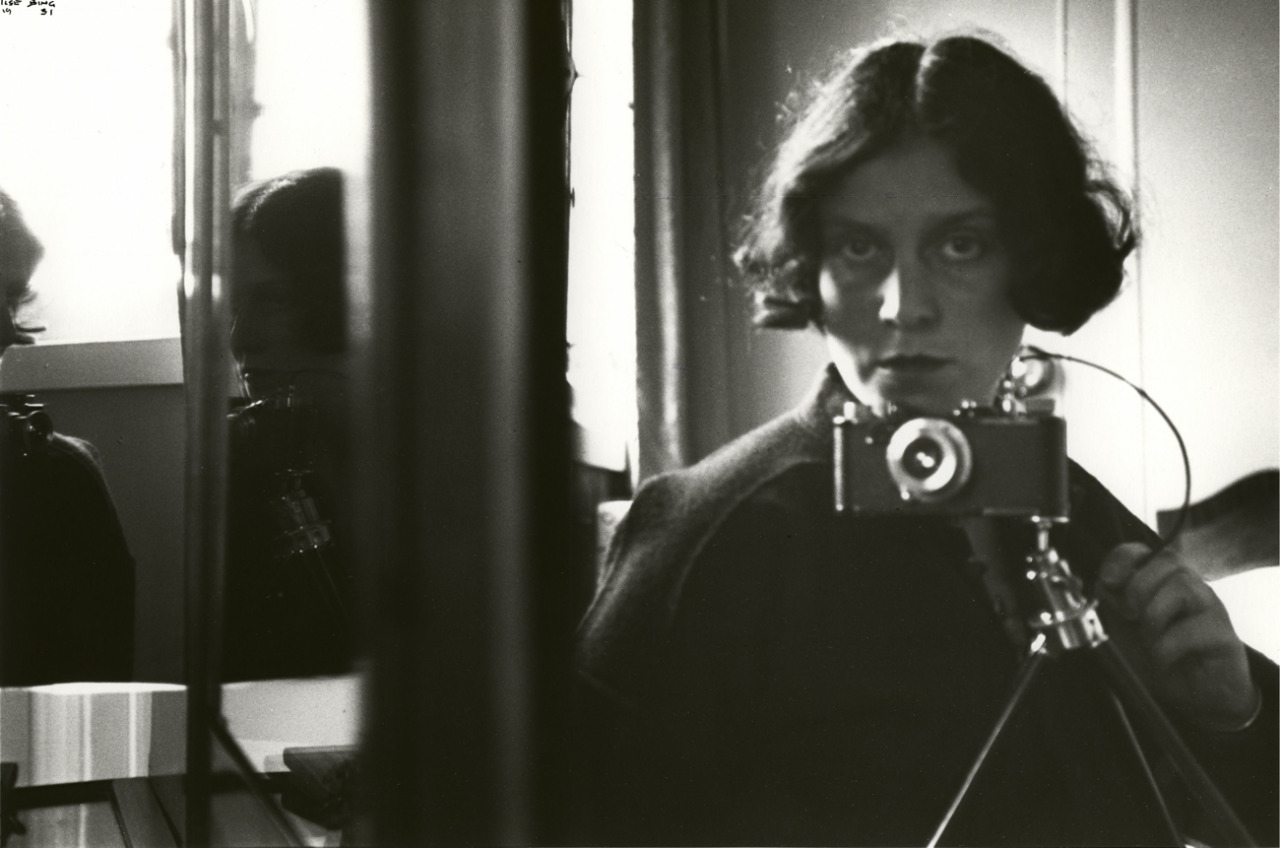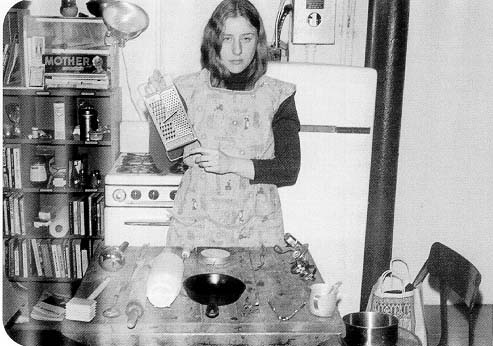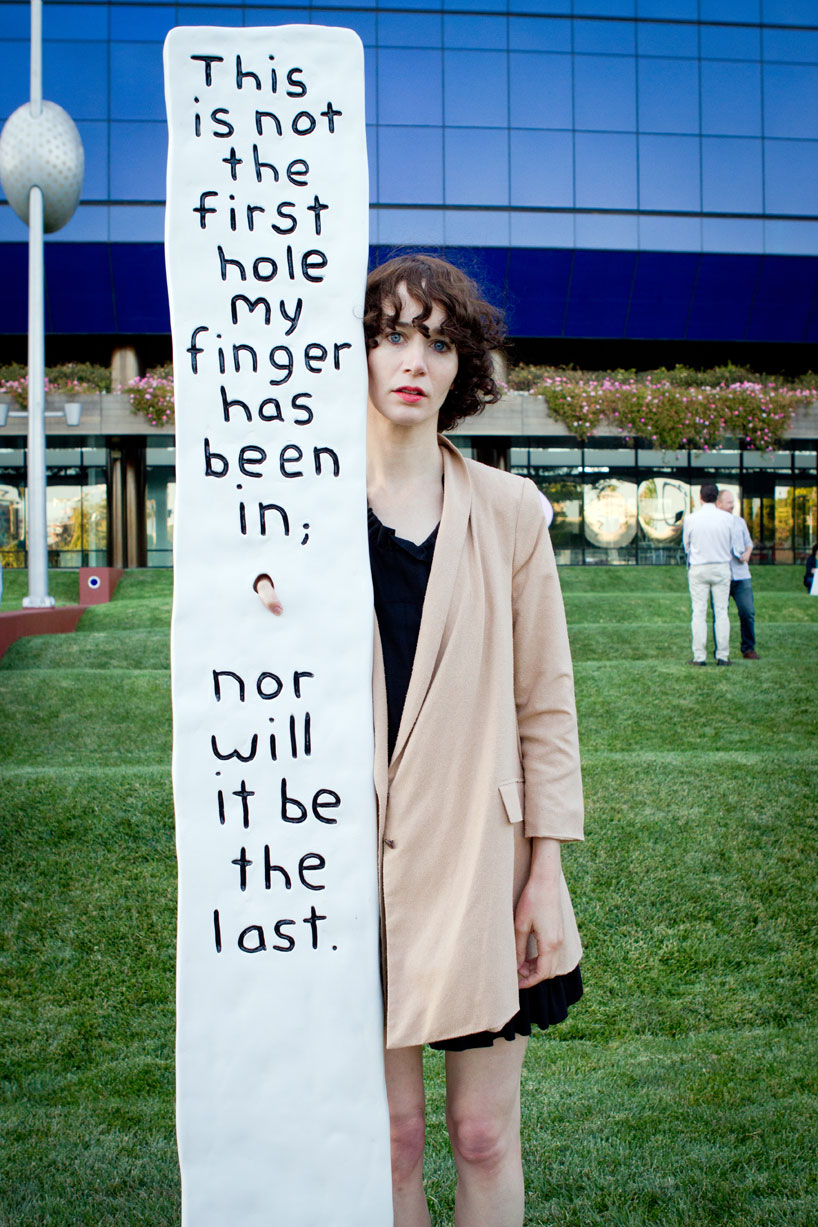Women in art: For a long time women in art were only seen on the canvas. The role of the woman as artist and creative mind has been slowly but surely changing over the past 100 years. An overview.
“Do women have to be naked to get into the Met. Museum?” It was with this rhetorical question that the New York group of women artists Guerilla Girls became famous in 1989 – and simultaneously formulated a universal observation on art: Although the woman is arguably the most beloved source of inspiration as well as the most frequent subject of Western painting, she is only rarely also the producer of (her own) images. New York’s Metropolitan Museum was no exception when the Guerilla Girls’ poster came out: In 1989 female artists made up only five percent in the “Modern Art” section of the Met. The fact that for centuries women have more frequently featured in artwork, especially painting, rather than being responsible for it has a lot to do with how social roles are assigned, which not only classified them as (house)wives, but also excluded them from official training in workshops and at academies (until 1919 women were not allowed to study at art academies in the German Empire or other state universities). This was to gradually change with Modernism set in, yet the number of women artists who were able to make a name for themselves remained modest. Even before the 1920s ushered in the “new woman” (or “flapper”) as a consequence of the repositioning of women in the public sphere and society during World War I and photography offered an entire generation of women new artistic opportunities, women artists such as Gabriele Münter, Paula Modersohn-Becker and Marianne von Werefkin took the stage in the (to this day) male-dominated domains of painting and sculpture in order to claim their place.

At a time when works by female artists were presented in well-known publications such as Anton Hirsch’s “Die Bildenden Künstlerinnen der Neuzeit” (1905) and Karl Scheffler’s “Die Frau und die Kunst” (1908) yet their achievements simultaneously relativized, Paula Modersohn-Becker’s painting “Selbstbildnis am 6. Hochzeitstag” from 1906 was not only the world’s first self-painted female nude, but also a statement calling for a new female self-awareness in art. Female artists started revealing their bodies on canvas and/or in front of the camera, overhauling long-established conventions of representation and reinventing themselves. Women artists made key contributions to the formation of genres such as Cubism, Expressionism, Futurism, Suprematism and Constructivism. In Germany the art critic, publisher, gallerist and composer Herwarth Walden helped a group of women artists achieve a hitherto unusually large degree of public attention. In the context of the STURM movement, which began in 1910 as a magazine promoting Expressionist art, encompassed a gallery and other forms of expression as of 1912 and sought to unite the international avant-garde, he specifically supported female painters and sculptors from the very beginning alongside their male counterparts like Wassily Kandinsky, Marc Chagall, Franz Marc and Paul Klee. He exhibited works by over 30 women artists in his gallery; around a quarter of the art presented at the STURM Gallery was produced by women – still a small proportion, but far more than in the galleries of Herwarth Walden’s competitors put together. It was women artists like Gabriele Münter, Sonia Delaunay, Else Lasker-Schüler, Marianne von Werefkin and Natalia Goncharova who helped shape the transition into 20th-century art. As a champion of Abstraction and Modern art, Herwarth Walden paved the way for them through the genres, dominated by men for centuries, of painting and sculpture. The SCHIRN is now devoting the exhibition “STORM WOMEN” to 18 of them.

A considerably less predefined experimental field was available to women in the form of the new technical media of photography and video art, indeed, they were initially not recognized as forms of artistic expression and thus neither claimed nor connoted. Since as early as the end of the 19th-century female photographers such as the Comtesse de Castiglione and later “new women” like Claude Cahun, Germaine Krull, Ilse Bing and Umbo (the male pseudonym of actress, author and most famous Berlin “flapper” of 1927/28, Ruth Landshoff) chose the medium owing to its close relation to reality and its mirror-like duplication of reality. Here women artists could develop unimpeded a form of visual/reflective expression in order to decidedly oppose the stereotypical notions of their male colleagues with a different kind of female artistic design. Or even adopt the stereotypical representations and comment on them, exaggerate and debunk them in various ways. To this end women photographers frequently made use of their own body and face: in the 1920s often as a portrait in a mirror, later increasingly in the context of performances.
A new generation of women artists formed in the second half of the 20th-century under the influence of the civil rights, anti-war and 1968 student and resulting feminist movements. The woman as mother, wife and housewife and/or as sexual, “beautiful” object – questioning these stereotyped roles was at the center of the works of the “feminist avant-garde”, first launched as such by art critic, commentator and director of Sammlung Verbund Gabriele Schor in the context of the eponymous exhibition and publication (published 2015). Works by such artists as Lynda Benglis, Suzy Lake, Eleanor Antin, Hannah Wilke, Martha Rosler, Cindy Sherman, Francesca Woodann, Birgit Jürgenssen and VALIE EXPORT share similar thematic foci and formal strategies, not as a conscious formation, but as cross-generational kindred spirits.
With increasingly conceptual approaches, in turn Barbara Kruger, Jenny Holzer and Rosemarie Trockel expand on political and social issues in other media such as installations or prints. These artists no longer only denounce criticism of society, but in particular condemn the contemporary art business, finding in the process support from other areas, e.g. from gallerists Monika Sprüth and Philomene Magers (Galerie Sprüth Magers) or women authors such as Siri Hustvedt, who in her latest book “The Blazing World” (2014) following fictional artist Harriet Burden exposes misogynistic tendencies in the art world or meets painter Katharina Grosse to discuss the still evident gender inequality in the contemporary art scene. Last year up-and-coming director Isabell Suba proved that the film world is no different with her debut feature “Männer zeigen Filme & Frauen ihre Brüste” (Men show films & women their breasts). The title speaks for itself.

In light of the fact that inequality persists in the (art) world in the 21st century, a new generation of women artists has updated the tools of its predecessors – from externalized introspection to the ironic undertone. Alongside abovementioned contemporaries, with her performances Marina Abramović for instance found new forms for the instrumentalization of her own body and Addie Wagenknecht imbued the classic artistic repertoire with technology, wit and poetic meaning. Among others, multimedia artist Miranda July places herself among her predecessors who based their art on their own perspectives, while Peaches negotiates what it is to be a woman in the 21st century at the interface between music and art.
Barbara Kruger’s words “Your body is a battleground” (the title of a piece from 1989) still endure today, yet it has long since become a tradition for women artists to conduct the battles on and for their bodies with a certain humor. For Cindy Sherman and Cady Noland they paid off in 2015: For the first time both artists featured in the list of the top ten most expensive living American artists.

WHERE TILDA SWINTON IS, IS ART
For his video projects Doug Aitken often engages film stars. One of them is Tilda Swinton.

STORM WOMEN. WOMEN ARTISTS OF THE AVANT-GARDE IN BERLIN 1910–1932
An impressive panorama of Modern Art: First presentation of the women artists of THE STURM at the SCHIRN
 Ilse Bing, Self portrait in mirror, 1931,
Ilse Bing, Self portrait in mirror, 1931, Martha Rosler
Still from Semiotics of the Kitchen
1975,
Martha Rosler
Still from Semiotics of the Kitchen
1975, Miranda July, Finger Tablet,
1975,
Miranda July, Finger Tablet,
1975,